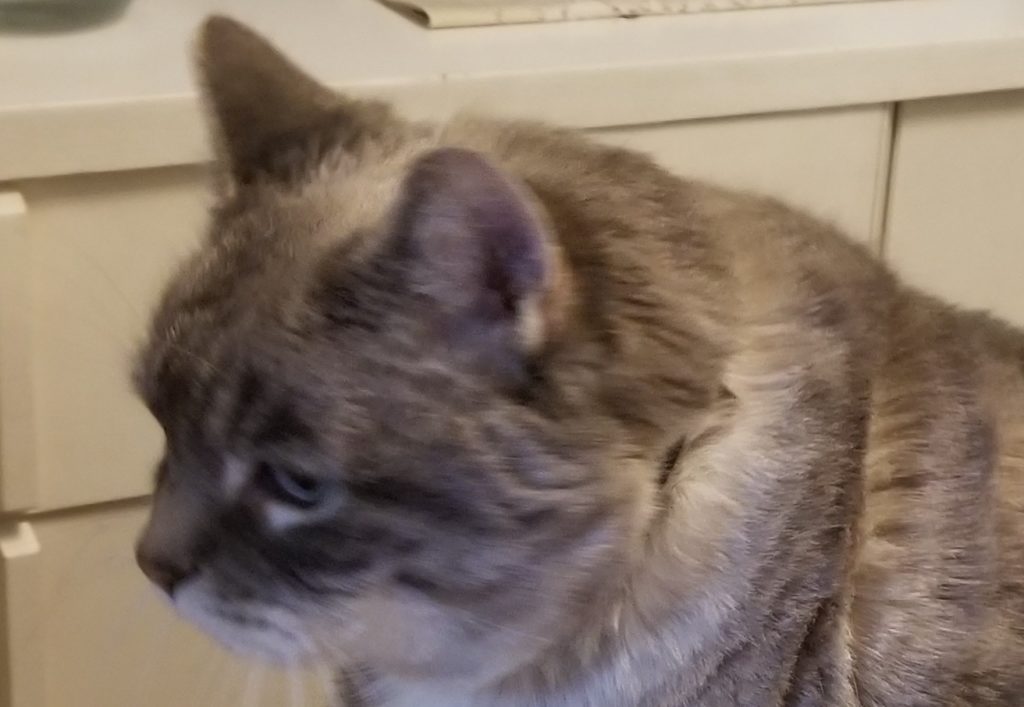
Ask any veteran writer about POV (Point of View) and the
advice is almost always the same: Don’t head-hop, change POV only at chapter or
scene breaks, tell the most compelling character’s version of events. Most of
the time, this is solid advice, meant to keep readers from becoming confused.
But there’s always an exception. The recent blockbuster novel Where the
Crawdads Sing by Delia Owens, (no spoilers) is a perfect example.
Writing Tip for Today: How does Owens break POV “rules,” and
how/why does she get away with it?
The Setup
Most of Where the Crawdads Sing, a NYT bestseller for months, is told from Kya, the main character’s viewpoint in Third Person Limited. She is the character who grows, changes and resolves her (and the story’s) central dilemma: How do we trust (and love) if trust is broken? Kya’s journey spans childhood to death, and in that timeframe, readers will feel as if they know and care for her.
Spaced unevenly over the novel’s brief chapters are bits in
other POVs: her brother Jodie, a pair of sheriffs set a few years in the future
and a couple others. Under normal circumstances, these chapters, labeled with
the POV character’s name, would alert readers of a pattern, that the main
narrative will be interrupted to deepen and clarify the story or a subplot.
Readers habitually search for meaningful patterns, but this novel doesn’t establish any pattern. Owens switches POV whenever it serves the story—a good thing. We can learn here that sticking to a pattern of say, alternating viewpoints, shouldn’t be an end in of itself unless readers understand how the voices are intertwined and why. Every Point of View switch needs to have a solid story reason to back it up.
The Wander Off
I’ve seen many student manuscripts with POV errors where the
writer has mistakenly wandered out of the protagonist’s head to another
character’s head for convenience. It’s harder to show how a character is
thinking or feeling if readers aren’t inside that character’s mind. Much
simpler to head-hop into a different character’s head and tell readers his
thoughts and feelings. That’s why the head-hopping is frowned upon—it usually
indicates less skill or lazy writing.
However, Owens is no slouch. She’s an experienced nonfiction author and many of her narrative passages about the North Carolina marshlands are breathtaking and beautiful. Although I wasn’t a fan of the dialect spellings, she writes a compelling character in Kya and the supporting cast. The prose’s beauty gets derailed in many places by a mid-scene head-hop that, in lesser hands, would bleed an editor’s red ink.
An example: A bit past midway in the story, we are in Kya’s POV as she meets her lawyer inside the county jail: (excerpted for brevity)
Tom leaned closer and whispered that everything would be
all right. She said nothing but searched his eyes for sincerity, anything to
hang on. . .
. . . but when Tom Milton heard of this, he came out of
retirement and requested to represent her pro bono. . . She had not looked up
at him. He had an overpowering urge to reach out and pat her hand, but
something—maybe her upright position or the way she stared, vacant-eyed—shielded
her from touch.
Although the scene contains the past perfect tense had,
most writing coaches would say the switch should be more defined, with either a
hiatus or a scene break. There are neither, and the author does this many more
times in the book.
The Work Out
If Where the Crawdads Sing were self-published,
pubbed by an obscure press or only listed in some lonely corner of Amazon, I
think many coaches like me would be using these POV errors as examples of poor
writing. But with more than two million copies sold and its status atop the NYT
list, I hesitate to brand these seeming errors as “how not to write a novel.”
Obviously, readers aren’t confused or closing the book. Something about the story
pulls readers along in spite of these missteps.
So do these POV switches work? I can’t speak for others, but in the largest sense, the shifts didn’t stop me. Every time the POV switches, I decided it was necessary to illuminate the scene. A chapter or scene break for each switch might have weighed or slowed down the story and broke the tension.
What’s a lesson for those of us still chasing the bestselling dream? For me, it’s the realization that all writing rules must serve a story in a positive way, or they’re meaningless. I’ve said before that writers should master rules (or at least understand how/why they mostly work), before they ignore them. Where the Crawdads Sing is a fascinating story, its mastery and beauty mixed in with questionable applications of Point of View and other basic writing skills.
Another thought: master “da rules” in an organic way—that is, don’t try to suppress your creativity as you draft your story. Save your POV (and other editing decisions) for your revisions.





Thank you Linda. You helped me understand POV and its rules more than ever before. I appreciate the examples, and also how you help us polish our work as writers! Blessings, Kathleen Ruckman
Thanks, Kathy.
Above all the other rules: Do not confuse your readers!
Keep Writing,
Linda
I also remember a scene that switched to present tense. If I recall correctly, it was a dream sequence. I remember it catching me by surprise.
Also, there was a mid-scene head hop that was particularly interesting: PoV was a guy who touched Kya in an, um, erotic way and boom! we were suddenly in her head. I thought that was particularly effective.